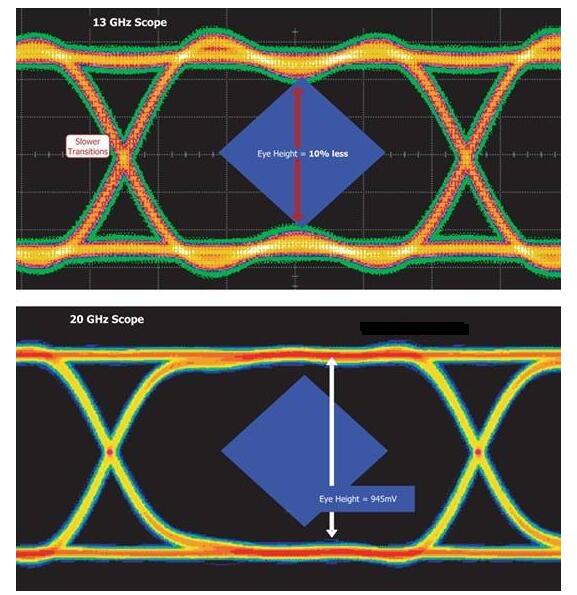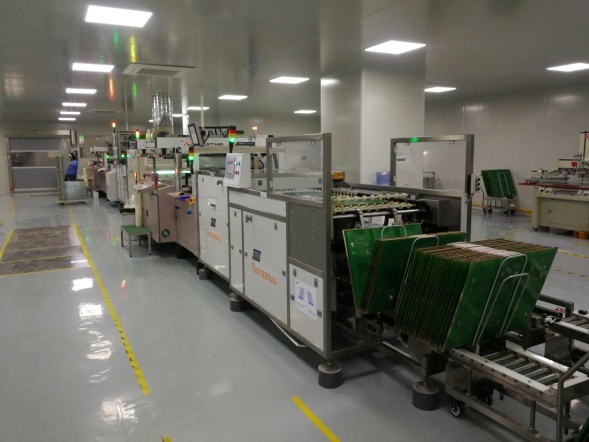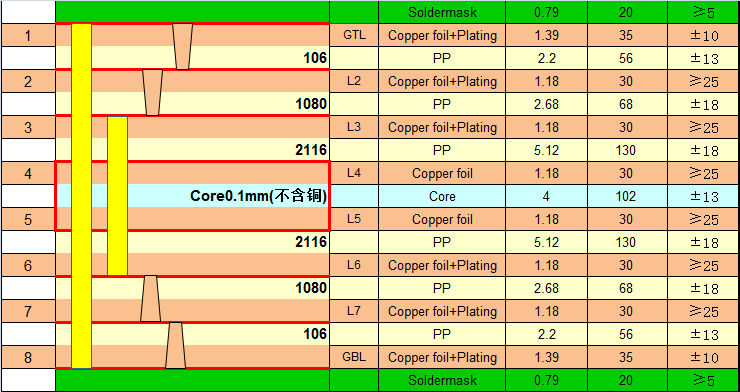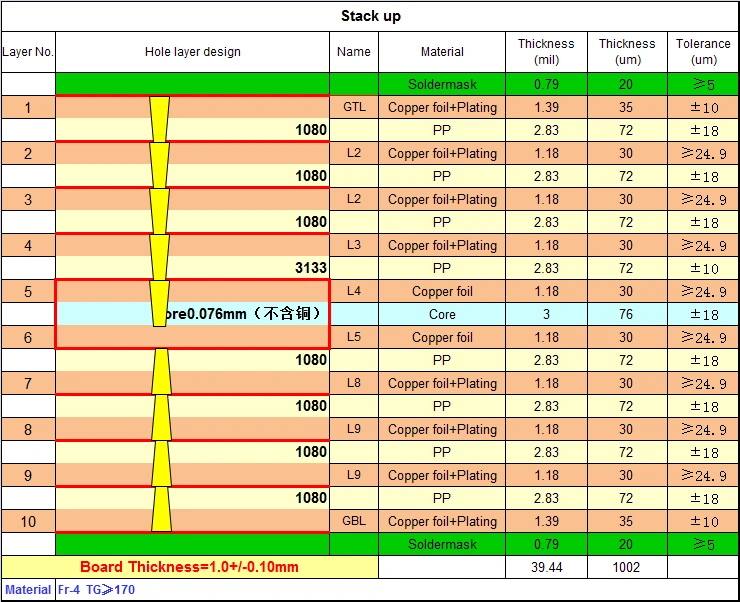What is a High-Speed PCB
In the rapidly evolving electronics industry, high-speed printed circuit boards (PCBs) have become an indispensable component of modern electronic systems. With continuous technological advancements, particularly in the improvement of integrated circuit (IC) switching speeds, the applications of high-speed PCBs are expanding significantly. This article delves into the concept, characteristics, and critical importance of high-speed PCBs in modern electronics.
1. The Concept of High-Speed PCBs
1.1 Definition and Background of High-Speed Circuits
Before exploring high-speed PCBs, it is essential to define high-speed circuits. In the past, when electronic systems operated at relatively low frequencies, signal rise times were long, typically on the nanosecond (ns) scale. During this low-speed era, the impact of interconnects between components on circuit functionality was minimal, and signal integrity issues received little attention. However, as IC switching speeds have advanced, modern electronics have entered the high-speed era. Many ICs now achieve switching speeds in the picosecond (ps) range, subjecting nearly all designs to signal integrity challenges.
The root cause of signal integrity issues lies in the reduction of signal rise times. Even with unchanged wiring topologies, existing designs may become marginal or non-functional if ICs with extremely short rise times are employed. Additionally, the pursuit of low power consumption has led to increasingly lower core voltages. For example, DDR4 commonly operates at a core voltage of 1.2V, further shrinking the noise margin tolerance of systems and exacerbating signal integrity concerns.

1.2 Definition of High-Speed PCBs
A high-speed PCB is a specialized circuit board designed to transmit high-speed electronic signals. Fabricated using conductive and insulating materials, it effectively interconnects electronic components while ensuring stable and reliable signal transmission. The definition of a high-speed PCB can be approached from multiple perspectives:
- Narrow Perspective: A circuit qualifies as high-speed when the frequency of its digital logic circuits reaches or exceeds 50MHz, and such circuits constitute a significant portion (e.g., one-third) of the electronic system.
- Broad Perspective: A signal is considered high-speed if its transmission path length exceeds 1/6 of the signal wavelength or if severe skin effect and dielectric loss occur during propagation. Additionally, when the signal propagation delay on the PCB exceeds half the rise time of the digital signal driver, the circuit is deemed high-speed, exhibiting transmission line effects.
The reduction in signal rise times remains the fundamental cause of signal integrity issues. Even with unchanged wiring topologies, the use of ICs with extremely short rise times can push designs to their operational limits or render them non-functional.
2. Distinctions and Connections Between High-Speed and High-Frequency Circuits
2.1 Definitions
- High-Frequency: Refers to signals with short cycles (i.e., high frequency, where frequency is the inverse of period).
- High-Speed: Describes rapid voltage changes (short rise/fall times), characterized by the time derivative of voltage, dV/dt.
2.2 Differences
High-speed and high-frequency are fundamentally distinct concepts. High-frequency focuses solely on signal frequency, while high-speed emphasizes the rate of voltage changes. In circuit systems, rise/fall times significantly impact signal integrity, making dV/dt—not frequency—the primary focus of signal integrity analysis.
For example:
- A 50MHz clock signal with a 90ps rise time is a high-speed signal but not a high-frequency one.
- A 500MHz signal with a 0.8ns rise time, while high-frequency, is far slower in terms of speed.

2.3 Connections
Although distinct, high-speed and high-frequency are interrelated. As frequencies increase, cycles shorten, necessitating faster rise/fall times to maintain timing validity. For instance:
- A 100MHz signal (10ns period) with 1ns rise/fall times has an 8ns valid sampling window.
- At 200MHz, the same rise/fall times reduce the sampling window to 3ns, risking sampling failure. Thus, higher frequencies compel shorter rise/fall times, linking high-frequency evolution to high-speed circuit development.
However, high-frequency is not a prerequisite for high-speed circuits but rather a contributing factor. Signal integrity analysis prioritizes high-speed characteristics.

3. Characteristics and Applications of High-Speed PCBs
3.1 Characteristics
High-speed PCBs exhibit unique features to meet modern demands:
- High Conductivity: Conductive layers (e.g., copper) ensure rapid signal transmission.
- Low Loss: Insulating materials minimize signal attenuation and distortion.
- High Precision: Advanced manufacturing processes ensure accurate and consistent routing.
- Stability and Reliability: Designed to maintain stable performance and ensure signal integrity under harsh conditions.
3.2 Applications
High-speed PCBs are widely used in:
- Digital Electronics: Connecting processors, memory, and components for high-speed data transfer.
- Communications: Enabling high-speed networks (e.g., fiber optics, wireless base stations).
- Computing: Enhancing performance in CPUs, memory, and peripherals.
- Military: Powering radar, missile guidance, and satellite systems.
4. Conclusion
In summary, a high-speed PCB is a specialized board designed to transmit high-speed electronic signals. Its high conductivity, low loss, precision, and reliability make it vital to modern electronics. As technology advances and applications expand, high-speed PCBs will continue to play a pivotal role in driving innovation and growth within the electronics industry.




